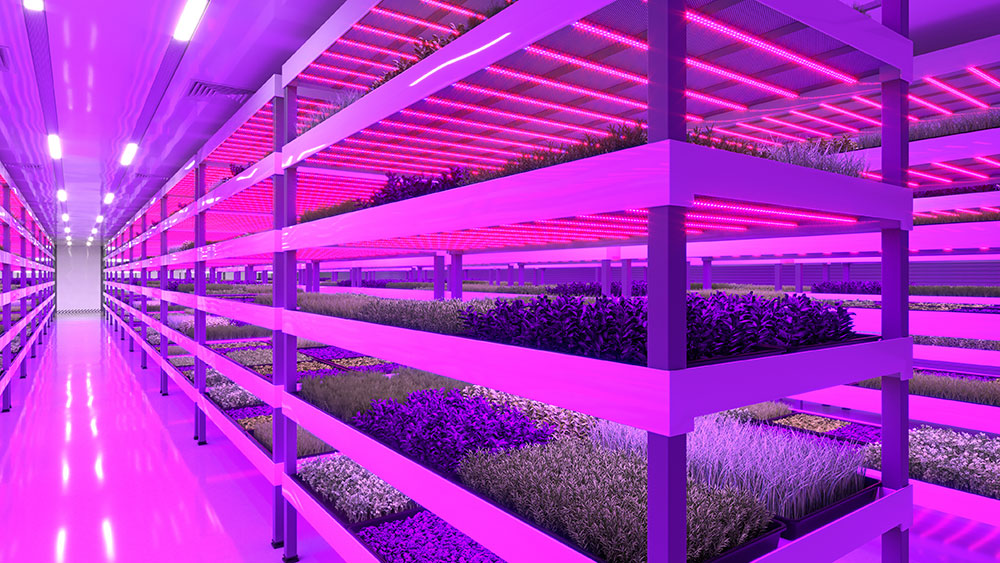
Vertical farming holds great promise for addressing agricultural challenges and ensuring sustainable food production, making it a critical component of future farming practices.
Vertical farming offers numerous benefits, addressing critical challenges in modern agriculture while minimizing environmental impact. As resources become scarcer and urban populations grow, traditional farming methods face limitations, making vertical farming an increasingly attractive solution.
01
- Efficient Resource Use
Vertical farming consumes significantly less water and land, using 98 percent less water and 99 percent less land compared to traditional farming. It yields 240 times more crops per unit of land while relying on solar energy rather than fossil fuels.
02
- Urban Food Production
With 80 percent of the global population projected to live in urban areas by 2050, vertical farming provides a means to meet the growing food demand without requiring extensive rural land.
03
- Year-Round Production
Vertical farms enable consistent, year-round crop production, eliminating the dependence on seasonal variations and weather conditions.
04
- Controlled Environment Agriculture (CEA)
CEA techniques create optimal growing conditions by controlling factors like temperature, lighting, and humidity. This reduces occupational hazards, eliminates wildlife interference, and protects against diseases and chemicals. It also prevents hazardous chemical runoff, benefiting nearby communities.
05
- Diverse Applications
Vertical farming extends beyond food production. It has applications in pharmaceuticals, offering tightly controlled environments for plant-based drug and vaccine manufacturing.
06
- Food Desert Solution
Vertical farms can alleviate food deserts in densely populated areas by providing fresh, affordable, and nutritious produce without the need for extensive shipping and warehousing.
07
- Conservation of Arable Land
Vertical farming's ability to operate in limited spaces, such as rooftops and warehouses, helps address the depletion of arable land caused by erosion and pollution.
08
- Pesticide-Free
Controlled environments in vertical farms reduce the need for pesticides, providing natural pest control without chemical interventions.
09
- Reduced Emissions
Vertical farms in urban areas reduce the distance between farms and grocery stores, minimizing carbon emissions and food miles. Fresher produce also results in less food waste.
10
- Enhanced Food Safety
Vertical farming's controlled environments virtually eliminate the risk of contaminants, reducing the likelihood of food recalls and improving overall food safety.
